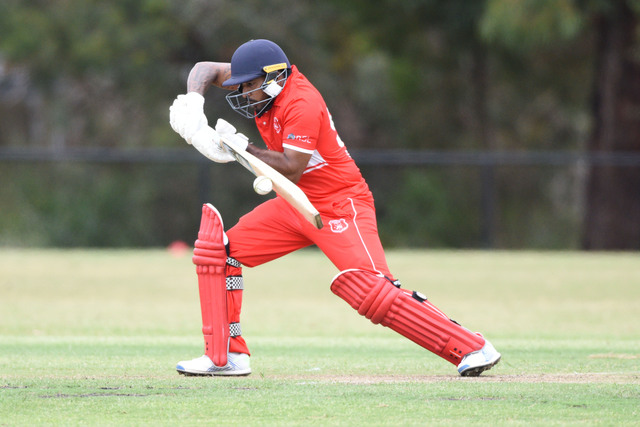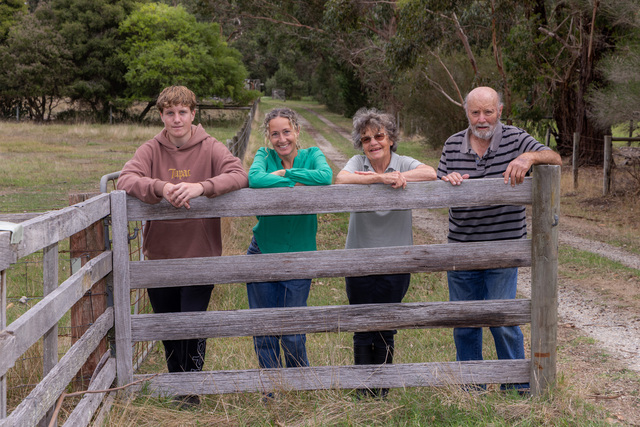By Bridget Brady
ENVIRONMENTALLY sensitive pockets of Casey may not be developed, despite being earmarked to cater for urban sprawl, the Growth Area Authority (GAA) says.
About 5000 hectares in Casey has been set aside for Melbourne’s growing population, but the authority’s Paul Cassidy last week told Cranbourne Chamber of Commerce members the area had both potential and difficulties.
Mr Cassidy said Casey posed greater development obstacles than Melbourne’s West.
He said the authority understood Casey council’s concerns about losing valuable agricultural farm land in the Bunyip Food Belt.
He would not be surprised if the issue rose higher on the agenda, given rising food prices.
“The expansion of the boundary was controversial. We acknowledge council’s concerns on that (Bunyip Food Belt), and it is a real issue,” Mr Cassidy said.
“There are a large range of views from a large range of people. But at the same time we have to think long-term.”
A number of precinct structure plans are underway in Casey, including Cranbourne West, Botanic Ridge and the quickly selling Cranbourne East, which is expected to be home to 18,000 people.
All will be separate communities with access to shopping and other services.
The aim for these areas, Mr Cassidy said, was to create one job for each new household to encourage people to work close to home and help ease congestion.
“We want to create beautiful places where people are proud to live. We don’t want to plan sprawl, we want to plan new towns.”
Cranbourne trader Silvio Marinelli said he had concerns about the future of High Street in Cranbourne if shopping centres were being built in the new developments.
But Mr Cassidy said he believed people would still continue to visit High Street.
To cater for Melbourne’s growth, the GAA wants to increase housing density by increasing the number of dwellings per developable hectare, Mr Cassidy said.
“But it’s not to say we want all housing to be like this,” he said.
Casey sprawl
Digital Editions
-

Lions get three on the trot
Purchase this photo from Pic Store: 525933 Pakenham’s momentum is rolling into the second half of the season after the Lions picked up their third…





